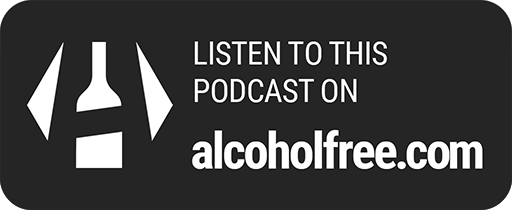Johns Hopkins Medicine

Johns Hopkins Medicine
People can take home doses of their medication for opioid use disorder under federal rules about to become permanent, Elizabeth Tracey reports
People can take home doses of their medication for opioid use disorder under federal rules about to become permanent, Elizabeth Tracey reports
People can take home doses of their medication for opioid use disorder under federal rules about to become permanent, Elizabeth Tracey reports
Monday 9th January 2023
Discover how new federal guidelines aim to make opioid treatment more accessible with take-home doses and fewer barriers.
1 minute
Informative
Empowering
Hopeful
Supportive
Educational
About this podcast
Author:
Johns Hopkins Medicine
Overview:
Categories:
Understanding Addiction & Recovery
Navigating Alcohol Dependency
Navigating Intimate Relationships
Nutritional Pathways to Recovery
Family Recovery from Addiction
Links:
Visit site
Episodes:
40 (View all)

Do you want to link to this podcast?
Get the buttons here!Easing the Burden: New Rules for Opioid Treatment Accessibility
This should enable people to enter treatment more easily.
Imagine battling opioid addiction and having to visit a clinic every single day just to get your medication. Sounds exhausting, right? Well, things might be changing for the better. In this episode, Elizabeth Tracey dives into new federal guidelines that could make opioid treatment much more accessible. These rules, initially put in place during the COVID-19 pandemic, are on the verge of becoming permanent.
They aim to simplify the process, making it easier for individuals to get the help they need without jumping through so many hoops. Eric Strain, a substance use disorders expert at Johns Hopkins, sheds light on how these guidelines can be a game-changer. One of the major shifts is allowing patients to take home doses of methadone earlier in their treatment. This means fewer trips to the clinic and more flexibility for those in recovery.
Imagine being able to continue your daily routine without the constant disruption of clinic visits. It’s a small change with potentially huge benefits. But that's not all. The guidelines also seek to improve access to other forms of medication-assisted treatment (MAT), like buprenorphine. This medication helps manage withdrawal symptoms and cravings, making it easier for people to stay on the path to recovery.
By cutting down on the red tape and reducing the need for mandatory counseling sessions, these changes could open doors for many who have been struggling to get the care they need. If you or someone you know is grappling with opioid addiction, this episode offers valuable insights into how these new guidelines could make a real difference. Tune in to learn more about how easing treatment barriers can help more people find their way to recovery.
